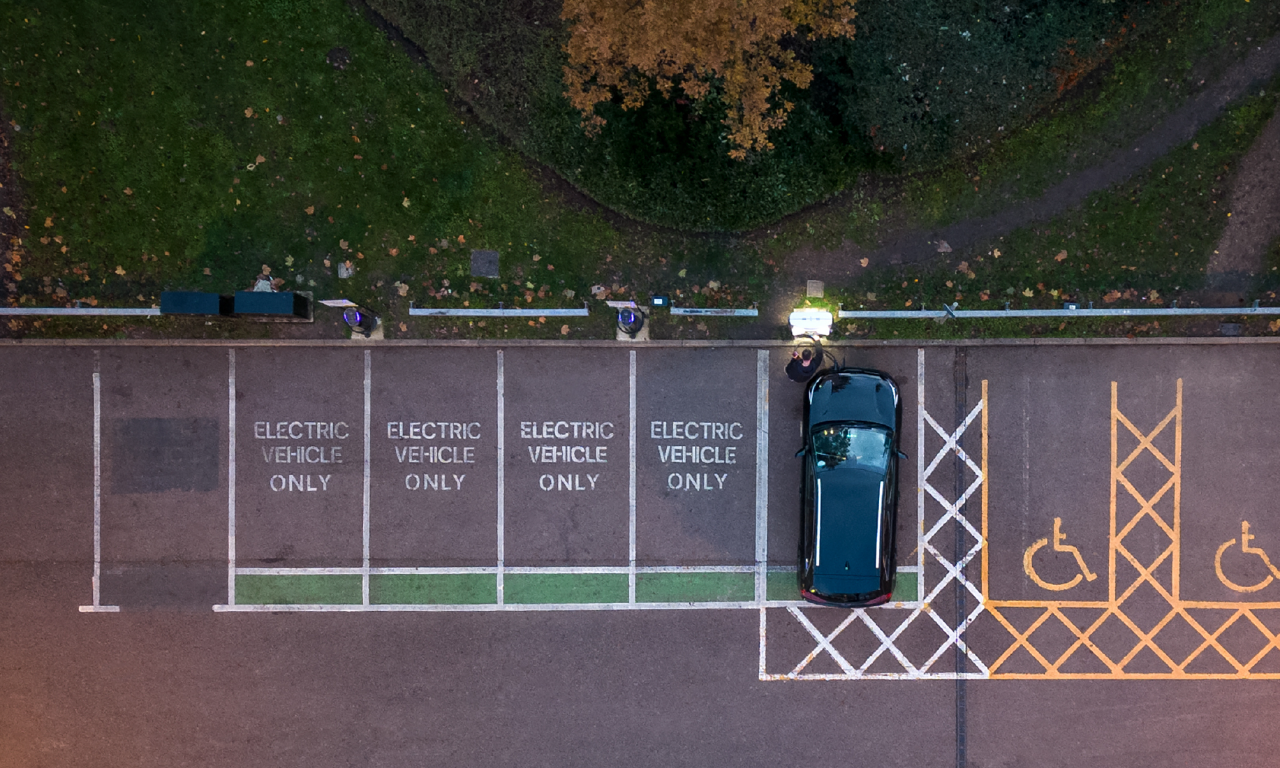Proximity to Silicon Valley’s innovation and creativity is breathing life back into San Francisco’s downtowns and offices as part of its post-COVID rebound. New urban mobility solutions, from artificial intelligence to more types of electrified vehicles, are helping the city center buzz by providing sustainable, equitable, and efficient transit.
And while San Francisco boasts one of the world’s top urban mobility networks thanks to its new mobility tech and its draw for hefty industry investments, Tilly Chang, Executive Director of the San Francisco County Transportation Authority, prefers a more measured approach to innovation rollouts. City authorities, she said, need to better understand the impacts of AI-fueled mobility and how it can better serve the public interest, while meeting more of the basic needs of residents with things like more security in transit stations and more green space. Those methods can go a long way in the city’s recovery.
“How do we harness new technologies and AI to meet our city goals and create more sustainable and affordable solutions?” Chang said. “Or are they just robotaxis that will replace regular taxis? That remains to be seen.”
Chang recently spoke with the Oliver Wyman Forum, after participating in its SXSW panel on the future of urban mobility.
Much has been discussed of San Francisco’s recovery in the media. How does urban mobility fit into that rebound?
Like other large cities, we’re undergoing transformations in commute patterns and taking the opportunity to redesign the use of our streets to promote efficient modes and to support local business and neighborhood activities. You can now see a vibrance in the neighborhoods that are healthier even as we work to help downtown recover.
Much of our transit network was restructured to serve neighborhood-to-neighborhood travel rather than feeding just into corporate centers, and we’re seeing strong passenger demand for those lines as well as high walking access to neighborhood services and commercial corridors.
We’ve focused on safety and accessibility. That means taking some parking lanes and converting them to public space for dining or shopping, lowering the speed limit to 20 miles per hour for the commercial districts, and deploying fast and reliable buses and rail with bus lanes and traffic signal priority. For the downtown areas, we’re focused on cleanliness and safety, ensuring that transit stations are well lit, have reliable and real-time information, and have elevator attendants to monitor anti-social behavior.
Many tech companies are trying to balance remote work with return-to-office initiatives. How do you see that evolving over time?
We’ll likely see office vacancies come down. Right now, it’s a vacancy rate of more than 30% because some office rents are still high. Although companies are downsizing or re-locating, they may still have lease obligations in place, and when those leases run out, rents will go down, and other businesses will move in.
While San Francisco is a tech capital, we don’t want to be over reliant on any one sector. There’s an effort to diversify and attract more educational uses to downtown, like colleges and universities or residential conversions, so that downtown is not just corporate office space.
How do you look at AI as a public transit official? What are your expectations?
Our data team has used machine learning tech to create predictive algorithms for traffic flows. That’s one of the areas where I think of investment into AI. For transit, hopefully there’s an ability to better understand reliability of the services with automated location and passenger count information. Even understanding how many riders we have would help, because this is hard for many operators to accurately measure.
But the most visible application is autonomous vehicles on our streets. We know that there’s promise, but the pace and the path of AI still needs to be measured, and ultimately, better demonstrated. It might be bumpy, but the key is that we – from government and company officials to disability and labor communities – continue to be a part of the conversation.
We’re highly engaged in this transformative technology and hope to see that it ultimately serves our public goals on safety, access, and climate.
When we spoke in 2022, you mentioned how important it is to ensure that autonomous vehicles are inclusive and uphold public trust. How is that progressing?
We’ve been having a lot of conversations about it, especially among AV companies and first responders. There’s been progress but there remain some real procedural, data, and regulatory gaps. We need to balance innovation with public interest, and now the legislature is stepping in.
For example, AV companies are regulated by the state, not the city. And they’re required to report on their progress only during the testing of driverless services, not during deployment. That’s a regulatory gap that needs to be immediately addressed. In addition, there are gaps such as moving violations. If you and I as drivers go the wrong way, we’ll get a ticket. Currently, it’s not possible under the law to give a ticket to an AV driver because it requires a human signature. That’s the type of reason that you’re seeing bills now in the legislature to enforce basic accountability and transparency gaps.
Recent Oliver Wyman Forum research examines the mobility emissions trajectories for 12 global cities. San Francisco is the closest among them to meet its Paris Agreement goals of limiting global warming to 1.5°C by 2030. What can other cities learn from San Francisco?
We’ve been implementing our climate action plan for the last 15 to 20 years, and we’re seeing the benefits from that.
Part of our success comes from doing the work of implementing our Transit First policy and from investing in clean energy policies. We’re fortunate to have hydro power, and many companies are advancing energy and bio-tech solutions in different sectors.
The infrastructure is expanding with proceeds from the federal bill, such as to build grid integrity. It’s important for charging facilities to not only serve the transit fleet, but private vehicles too. For cities, that means installing charging points in multi-unit dwellings and identifying the ideal public on-street parking spaces for charging.
One of the innovative things we’re doing is replacing bus yards to accommodate electric fleets and building housing on top of those facilities. One project will create roughly 400 to 500 units of housing, all of which will be made affordable through a public-private partnership with a local NGO partner. It’s an innovative approach and we’re repeating this in other sites as well to create more public value.


